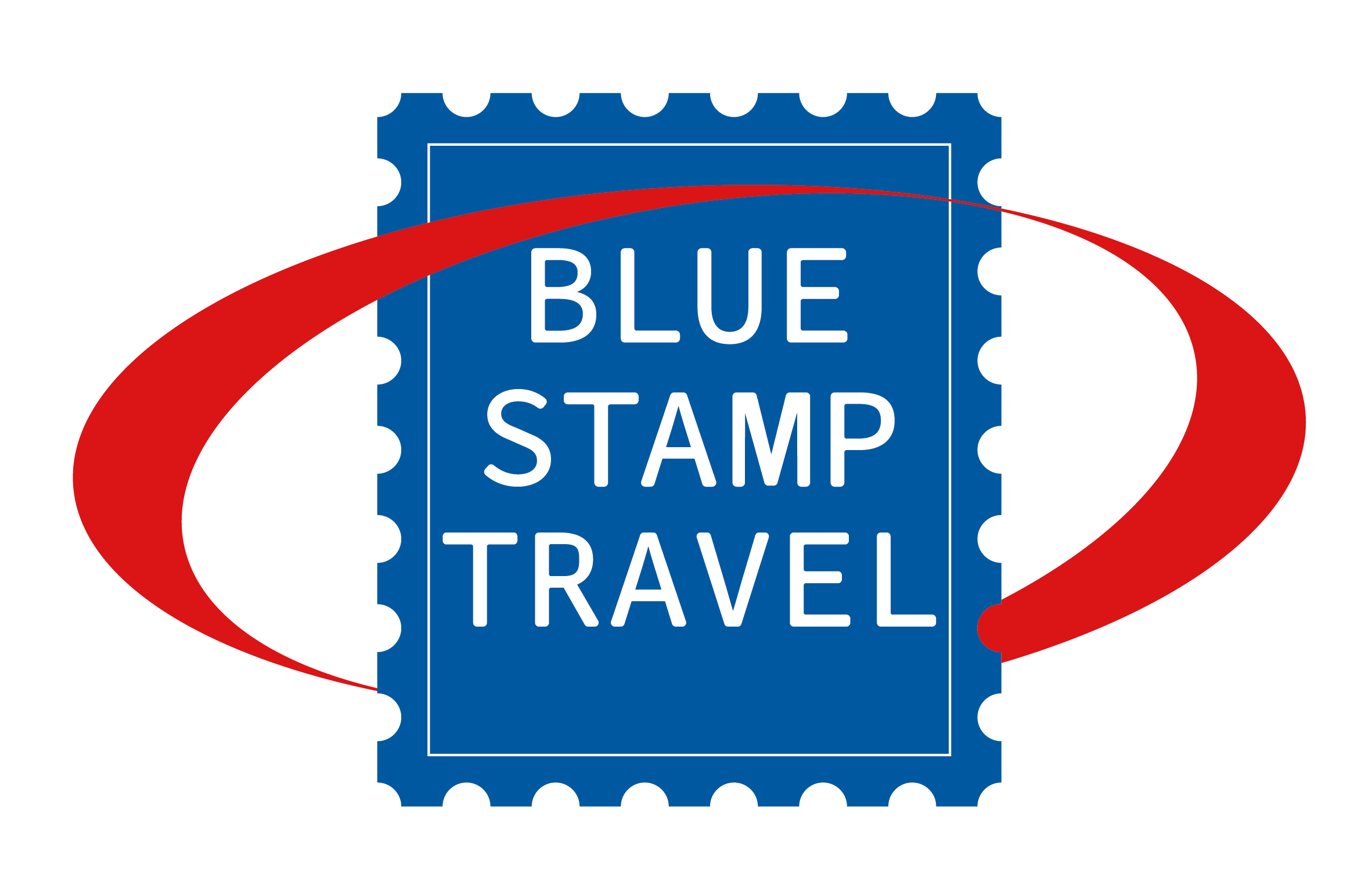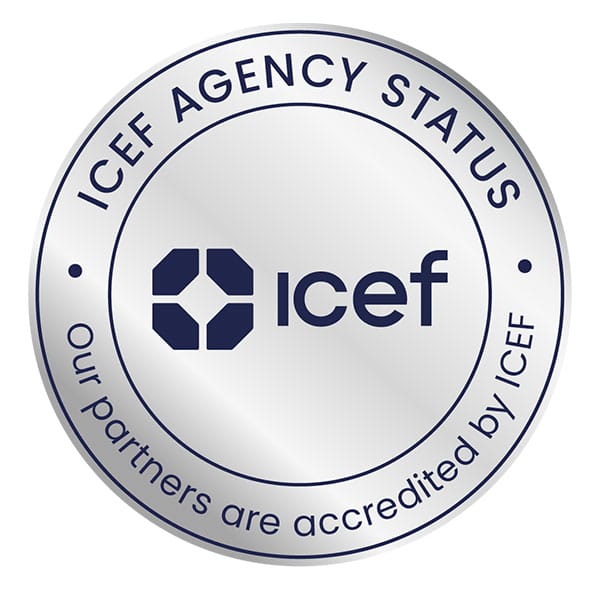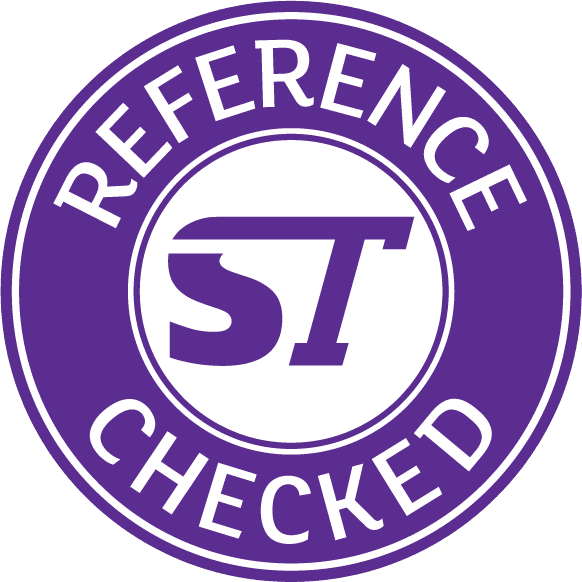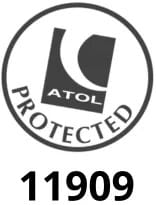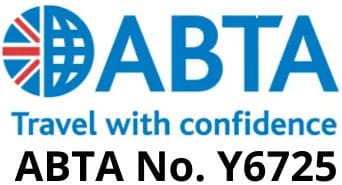The European Union is introducing big changes to entry requirements which will affect travellers from outside the EU. Known as the Entry/Exit System (EES) and European Travel Information and Authorisation System (ETIAS), the systems will bring about major changes for travellers. In this blog post, we explain what the changes mean and how you can prepare for them.
Although the new systems have been postponed several times, it’s important to familiarise yourself with what the systems will do and how to prepare for when they go live. At Blue Stamp Travel, our team of experts are ready to help with all your questions about EES and ETIAS to ensure your trip to Europe goes smoothly.
What is EES?
The Entry/Exit System (EES) is designed to automate border controls and eliminate the need to queue for passport officers to check and stamp passports. EES is expected to go into operation at some point this year, though no final date has yet been published.
How will EES affect my trip planning?
The EU’s official EES website is a great place to start for the most up-to-date information about the system. It also has a useful list of FAQs.
When the system goes live, all travellers entering the EU will be required to register their fingerprints, a facial scan and passport information the first time they cross a border into the EU. Once the record has been created, travellers will be able to use automated passport gates to enter the EU on subsequent occasions. It is hoped that this will reduce the time spent queuing for a border agent to check and stamp your passport.
Although airports are promising to install kiosks to make it quicker for travellers to register on EES, there may yet be delays during peak periods at smaller and regional airports. The EU has announced the development of an app which will allow each traveller to pre-register some data up to 72 hours before arriving in the EU. Of course, nobody has yet announced when – or if – the app will (ever) go live. Watch this space.
To add to the confusion, the EU is planning a phased roll-out of the system, so we don’t yet know which airports will be affected and when.
How long will the EES be valid for?
Each individual’s EES record will be valid for 3 years, after which the data will be deleted. And be aware: refusing to provide your personal data will result in being denied entry to the EU.
Where can I find more information?
The official European Union website is essential reading if you are organising a trip.
The UK Government website has a clear single-page summary.
The EU has produced a helpful factsheet about the system.
ABTA regularly updates their information for travellers about EES.
What is ETIAS, and how is it different to EES?
ETIAS is the European Union’s new system designed to increase border security and help fight crime. It is similar to the visa waiver systems operated by the US (ESTA), Canada (eTA) and Australia (ETA) under which travellers are allowed to enter the country as long as they have completed the digital pre-screening.
ESTA is expected to go into operation 6 months after EES. Once operational, all travellers from visa-exempt countries will require an ETIAS permit to enter any of 30 European countries, including France, Spain and Germany.

The EU and Schengen area countries which will require ETIAS for entry
Holding a valid ETIAS permit will be essential for short stays of up to 90 days in the EU, but it does not guarantee the right to entry. Border guards will still check that you meet the requirements for entry into their country. Separate visa requirements will still apply to longer stays for work and study.
The system will be introduced gradually. During the six-month Transitional period, travellers should be ready to apply for ETIAS authorisation, but they will still be able to enter the 30 European countries as long as they meet all other entry conditions if they don’t yet have an ETIAS.
After Transitional period there will be a Grace period, when travellers entering the EU for the first time since the end of the transitional period will be allowed to enter without an ETIAS as long as they meet all other requirements. All other travellers must hold an ETIAS to enter the 30 European countries once the grace period has begun.
We strongly advise ensuring that you apply for your ETIAS before the end of the transitional period to avoid difficulties during the grace period.
How do I get an ETIAS permit?
Application is online and will cost 7 euros. The EU are advising travellers to apply for an ETIAS as early as possible, allowing up to 30 days if additional information is required.
It will be possible to apply for an ETIAS on behalf of another individual such as your child, and travel agencies will also be able to complete ETIAS applications on your behalf. The official EU website has the most up-to-date information on how this will work.
The ETIAS will be valid for 3 years or until your passport expires, whichever comes sooner.
Fake ETIAS websites
There are already warnings about unofficial websites offering ETIAS. Using an unofficial provider comes with risks as you are handing over very sensitive personal information. Reputable travel agencies will only use the official EU website to process ETIAS applications: check with your provider if you are unsure.
Where can I find more information?
The European Union ETIAS website is essential reading for anyone planning a trip to the Schengen area. We strongly advise looking at the FAQ section which covers a lot of important information.
Check the ABTA website for travel advice.
What do I need to do now?
Now is a great time to be planning your trips for summer and autumn 2025 and getting ready for 2026. At Blue Stamp Travel, we will help you find the perfect package to meet your students’ needs, whether that’s a week’s tour visiting the sights of Valencia, a tailored programme of work experience in Hamburg, or a course at one of our language school partners in Lille. Get in touch today.
Check back regularly or sign up to our mailing list to get the latest updates about EES, ETIAS and all other aspects of travelling to Europe. As you would expect, we will ensure you fully informed about all requirements affecting your travel plans. Our expert team will work closely with you so you can plan with confidence.
